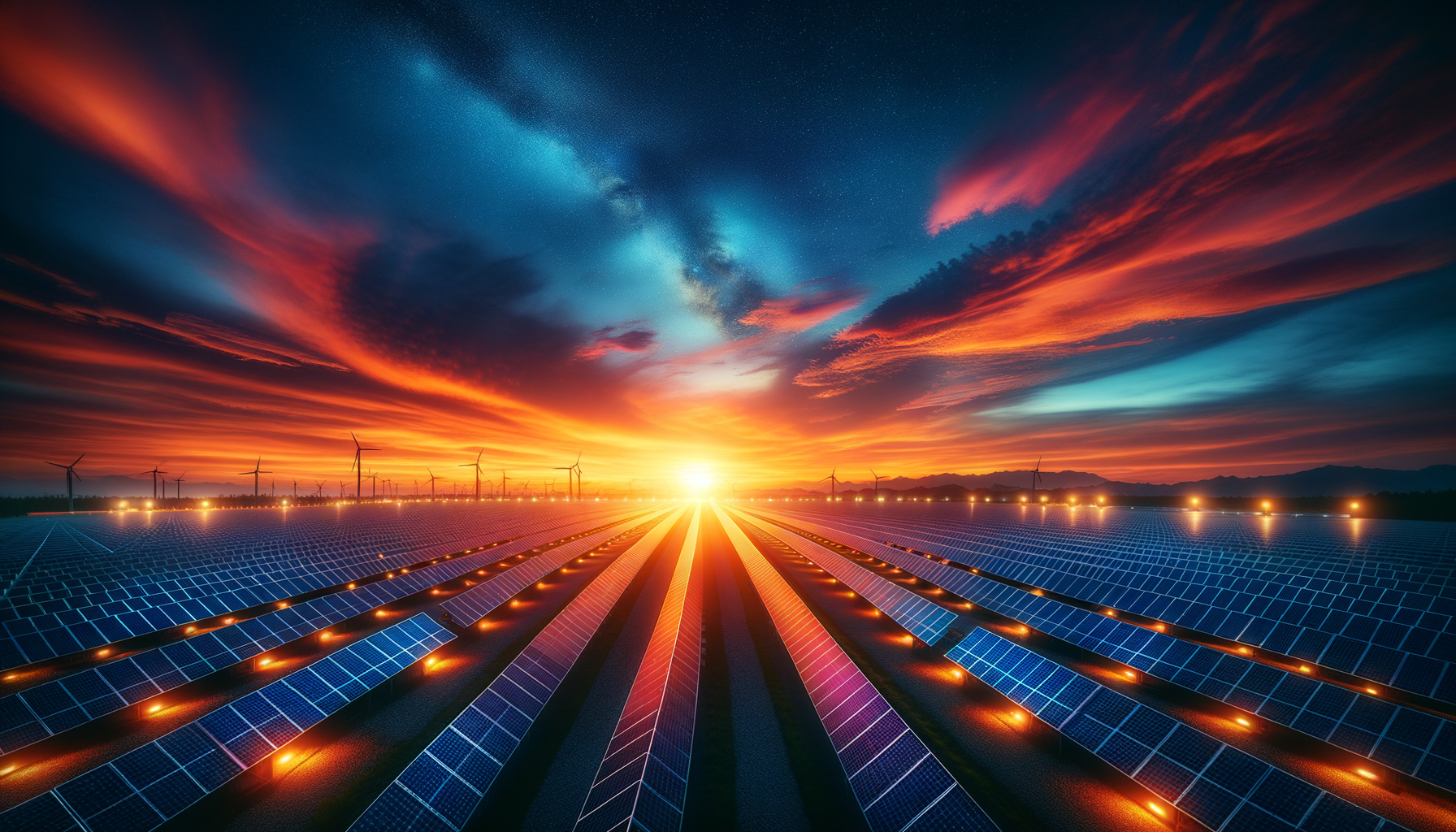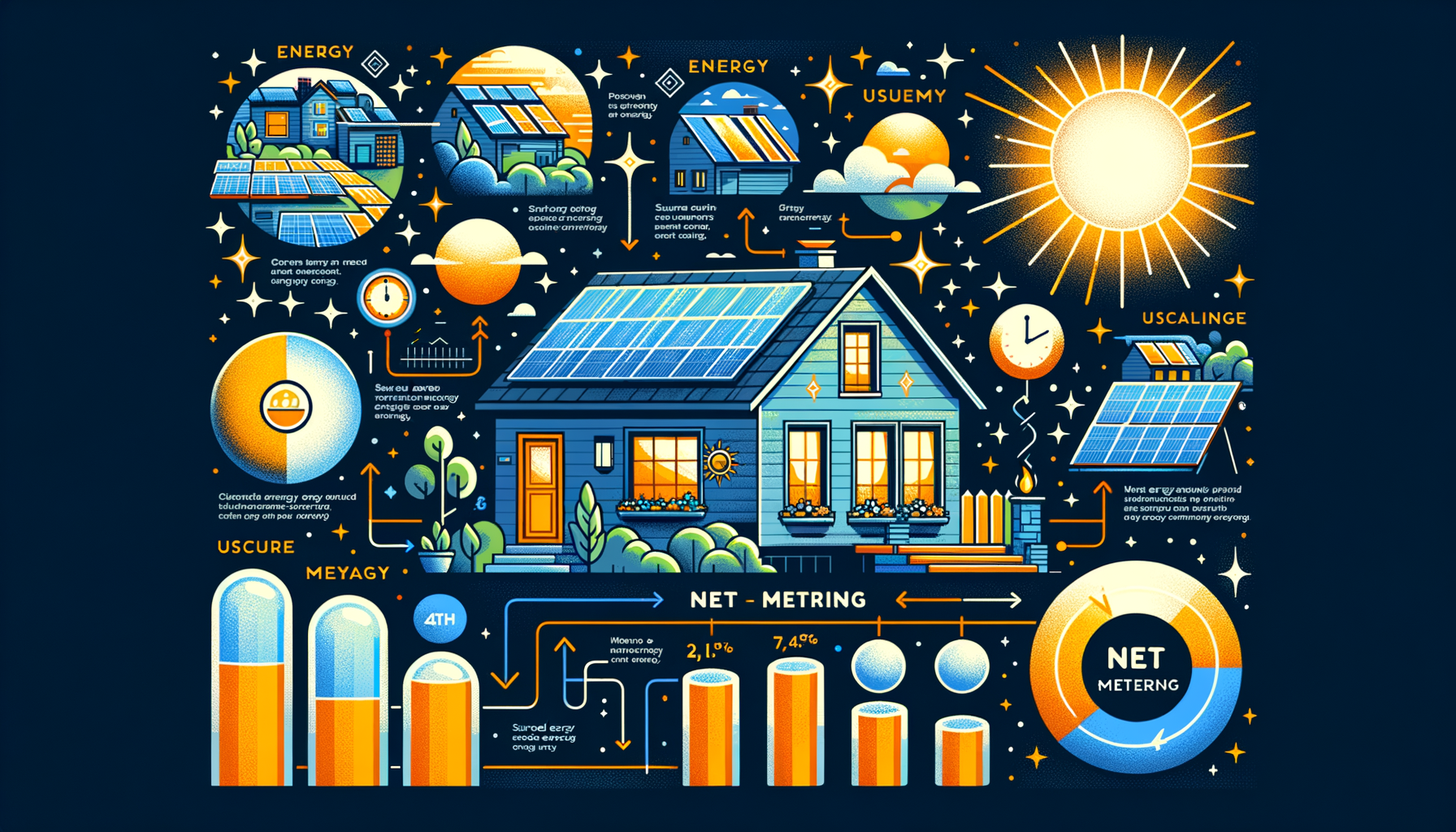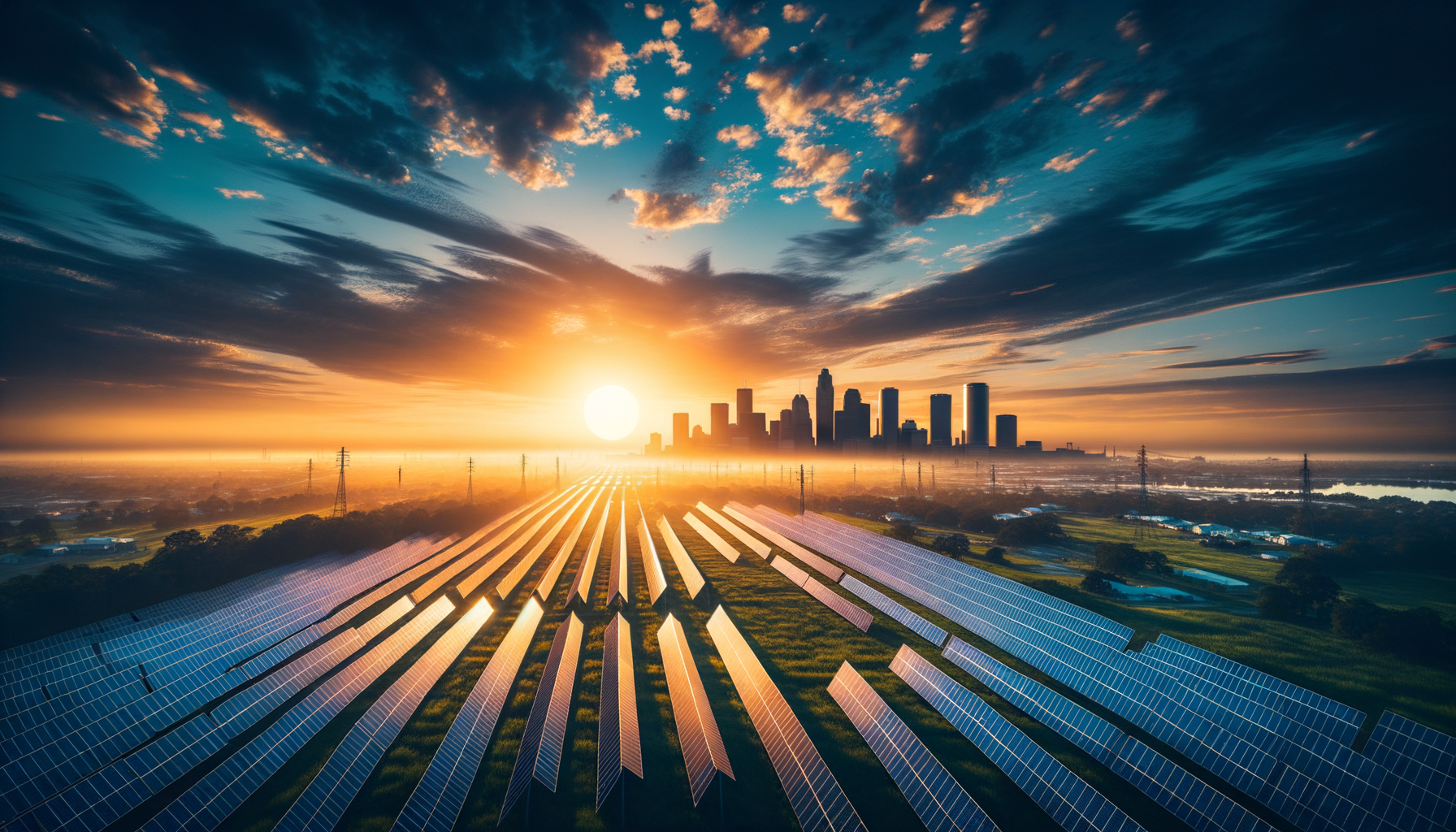Illuminating the Night: How Solar Panels Perform When the Sun Sets

Updated 4 months ago
Illuminating the Night: How Solar Panels Perform When the Sun Sets
The transition from a sunlit sky to a starry night often brings into question the functionality of solar panels. With the rise of renewable energy solutions, homeowners and eco-conscious individuals are increasingly curious about the capabilities of their solar investments post-sunset. Within this exploration, we will delve into the nuances of solar energy production at night, demystify common misconceptions, and uncover solutions on how to keep your home energized after dark.
Understanding Solar Panel Operation
Solar panels, at their core, convert light into electricity through a process known as the photovoltaic effect. This intricate process revolves around the influence of sunlight on solar cells, which stimulates electron activity, generating an electrical current. Yet, the absence of sunlight inevitably halts this operation.
Do Solar Panels Generate Power at Night?
Simply put, solar panels do not produce electricity in the traditional sense once night falls. The absence of adequate light means that the photovoltaic effect cannot engage, rendering solar panels dormant until the dawn breaks. This does not signify that a home goes dark as the panels cease production, though. Instead, solar technology is equipped with innovative solutions to bridge the gap between dusk and dawn.
Energy Storage Solutions
Battery Storage Systems
To maintain a continuous power supply, many solar installations incorporate battery storage technologies. These systems store excess energy generated during daylight hours, effectively creating a reserve that can be drawn upon at night. High-capacity solar batteries, such as the Tesla Powerwall, represent the pinnacle of this technology.
Net Metering: Your Personal Energy Bank
An alternative to physical batteries is the concept of net metering. This utility-led initiative allows for the surplus solar energy you produce to be fed back into the grid, crediting your account. As you draw power during the night, these credits counterbalance the consumption, often significantly reducing or nullifying electricity bills.
Optimizing Solar Panel Efficacy
The secret to maximizing solar panel efficiency transcends daytime collection. Here are tactics to ensure optimized performance:
- Proper placement to avoid shade or obstructive angles.
- Selecting solar panels with high low-light performance ratings.
- Implementing smart inverters to manage energy storage and distribution efficiently.
The Midsummer Night's Dream: Solar Innovations
Researchers are tirelessly advancing solar technology, with some even exploring the possibility of nighttime energy conversion. Prototypes and cutting-edge materials show promise in harnessing thermal energy and other minimal light sources, though these are not yet commercially viable.
For now, the reliable combination of solar storage and smart system design ensures that your nightly energy needs are met without depending entirely on solar panel nighttime generation.
Economic and Environmental Impacts
Harnessing solar energy conveys both financial benefits and a commitment to a cleaner planet. While the initial investment might seem daunting, tax incentives, and the long-term reduction of utility costs, make solar panels a prudent, forward-thinking choice.
The Future Is Renewable
The vision for a fully renewable energy grid grows clearer as technology evolves. While solar panels may rest at night, the industry does not. Investments in research and innovation continue to push the boundaries of what is possible, aiming to bring about an era where clean, constant, and convenient energy is the standard.
Frequently Asked Solar Nighttime Questions
Can solar panels work during overcast days?
Yes, albeit at reduced efficiency. Solar panels can still capture indirect sunlight, often providing sufficient power even without direct exposure to the sun.
Are solar panels worth it in less sunny areas?
Definitely. Regions with frequent cloud cover often see successful solar panel integration, courtesy of advanced panel technology and energy storage solutions.
Conclusion
While solar panels may take a nightly pause, solar energy systems are far from dormant after dark. Through intelligent design, infrastructure, and storage, you can rest assured that your investment continues to yield benefits round the clock.
Remember to take the first step toward sustainable energy by using our calculator to gauge the potential of solar panels for your home.
By turning night into a mere interlude between solar energy chapters, we can ensure that our homes, our wallets, and our environment benefit from the limitless potential of the sun, even as it sets below the horizon.

Remember, the night doesn’t dampen the spirit of solar energy – it merely sets the stage for its resourcefulness and resilience to shine.





